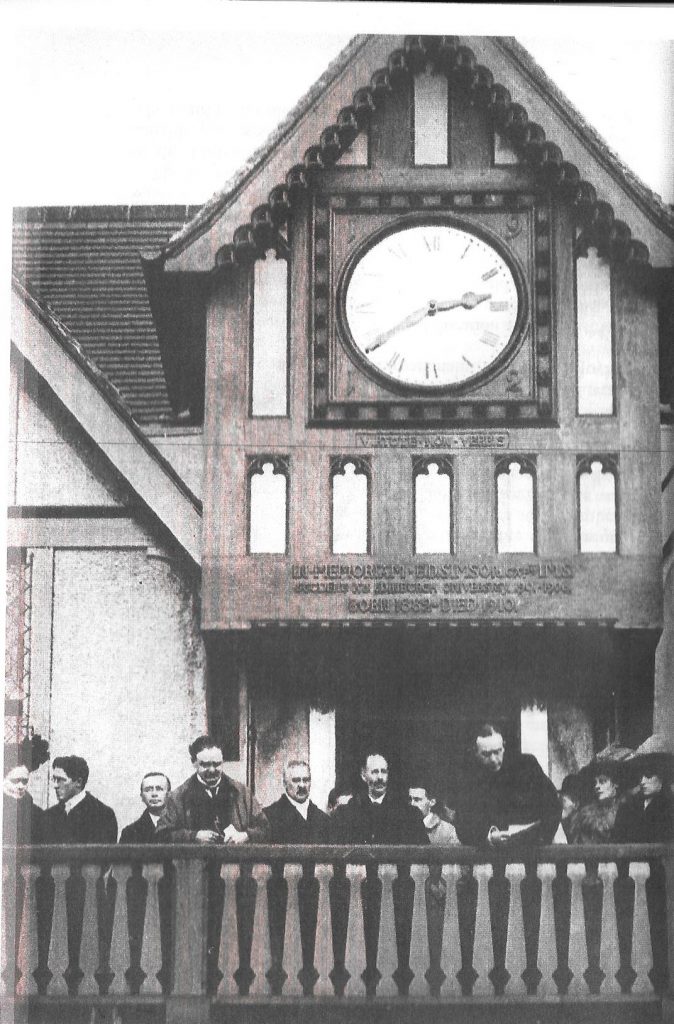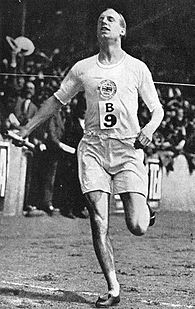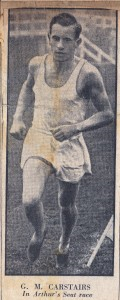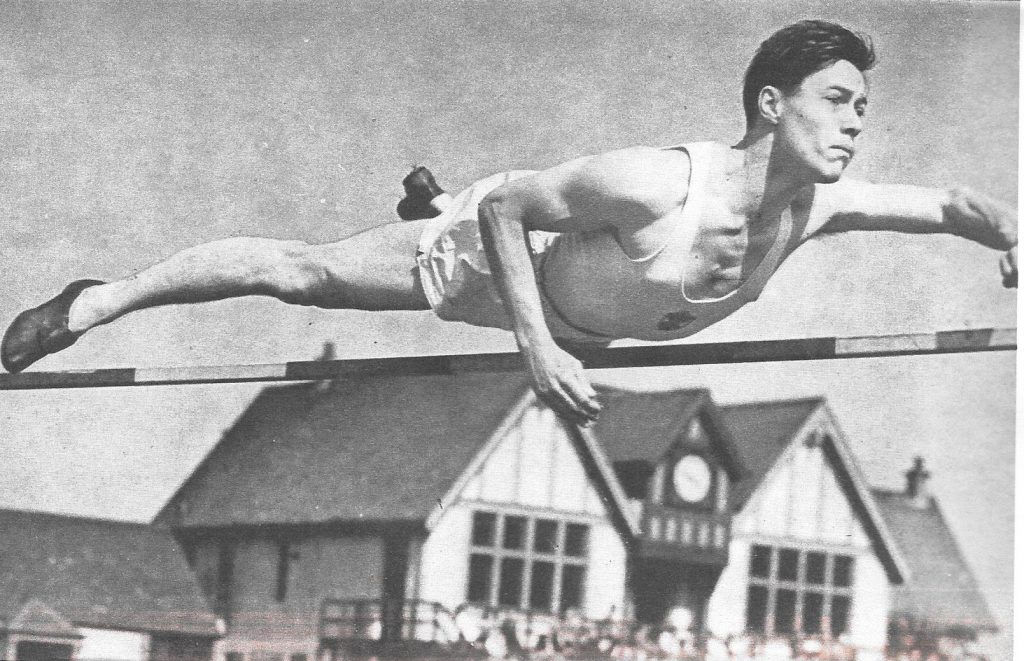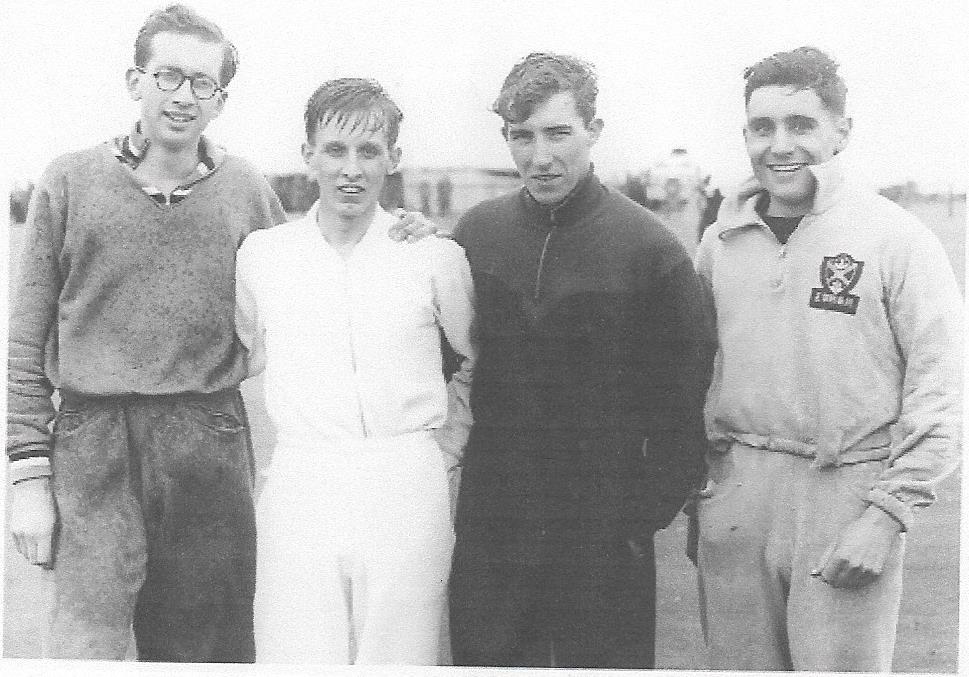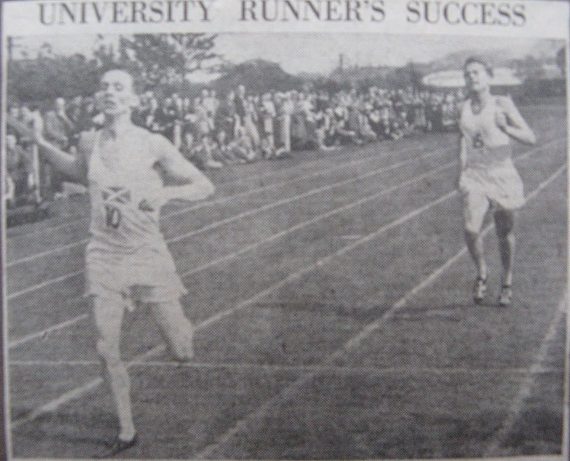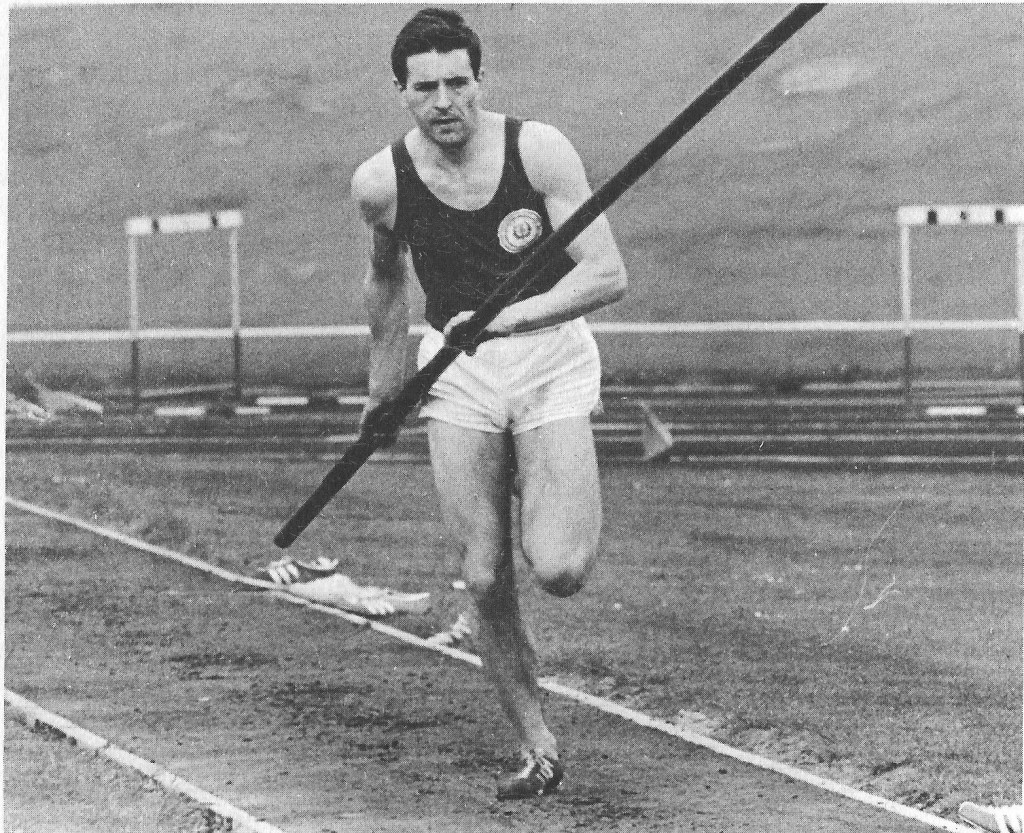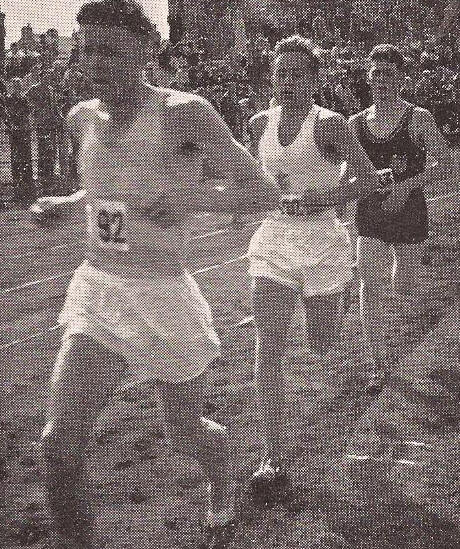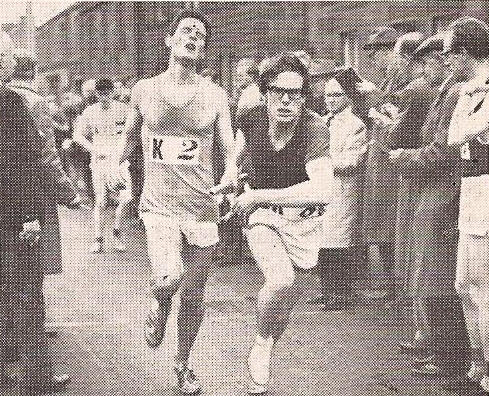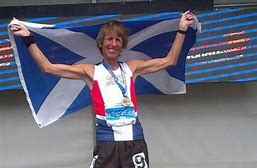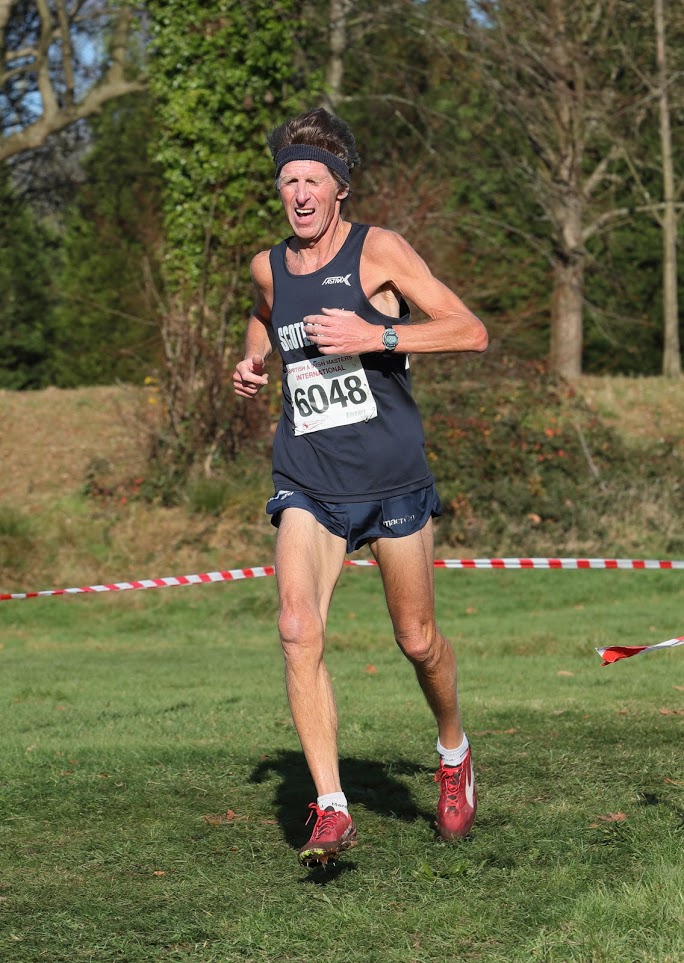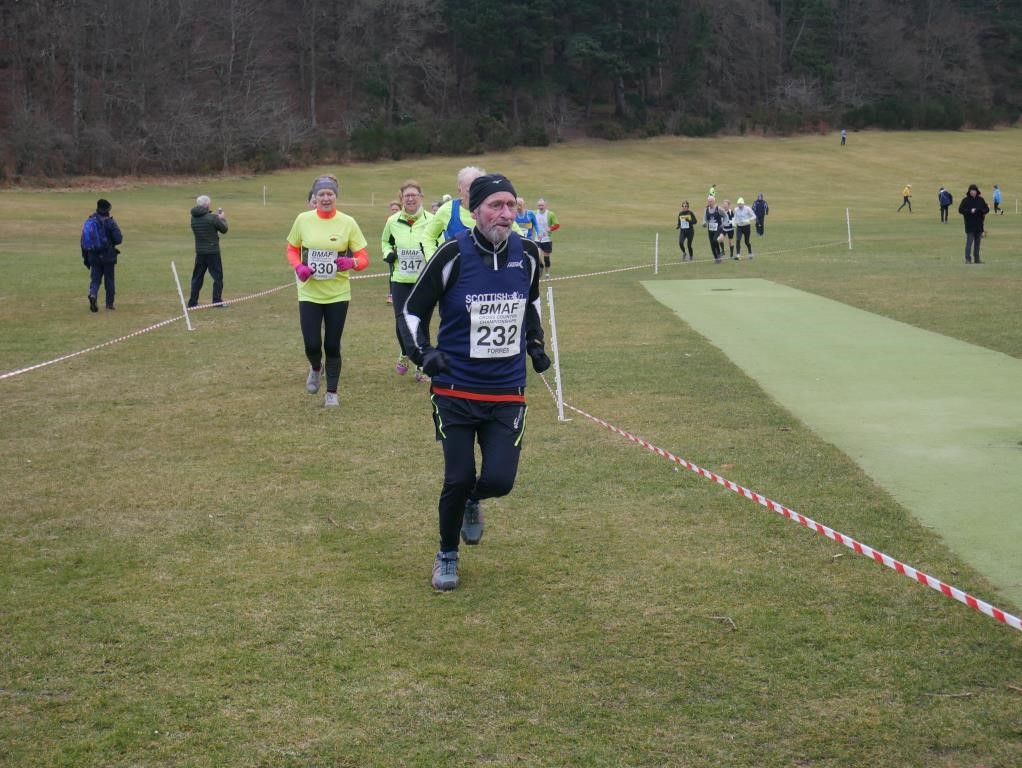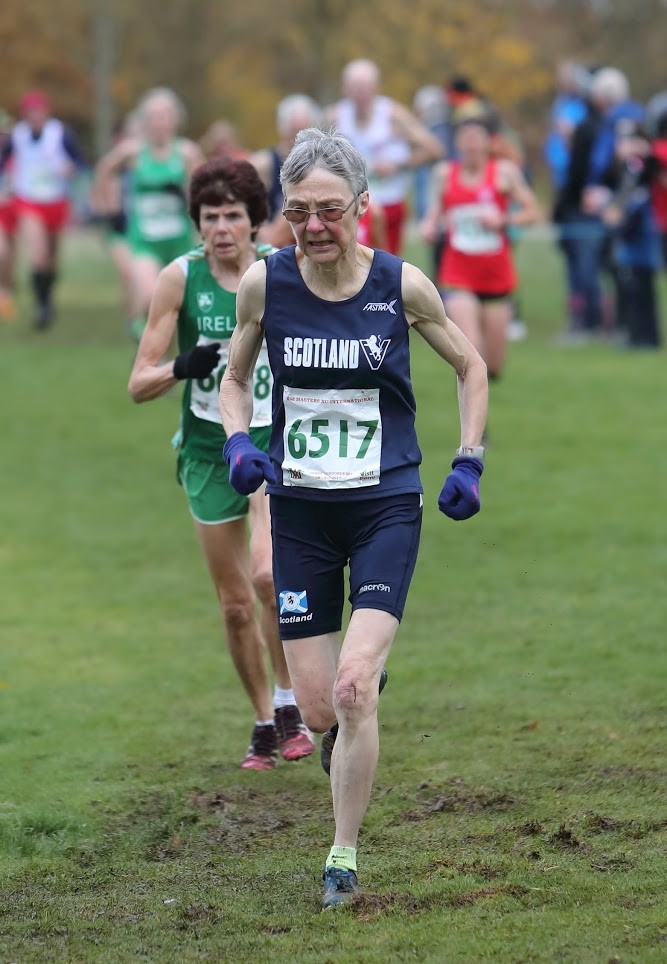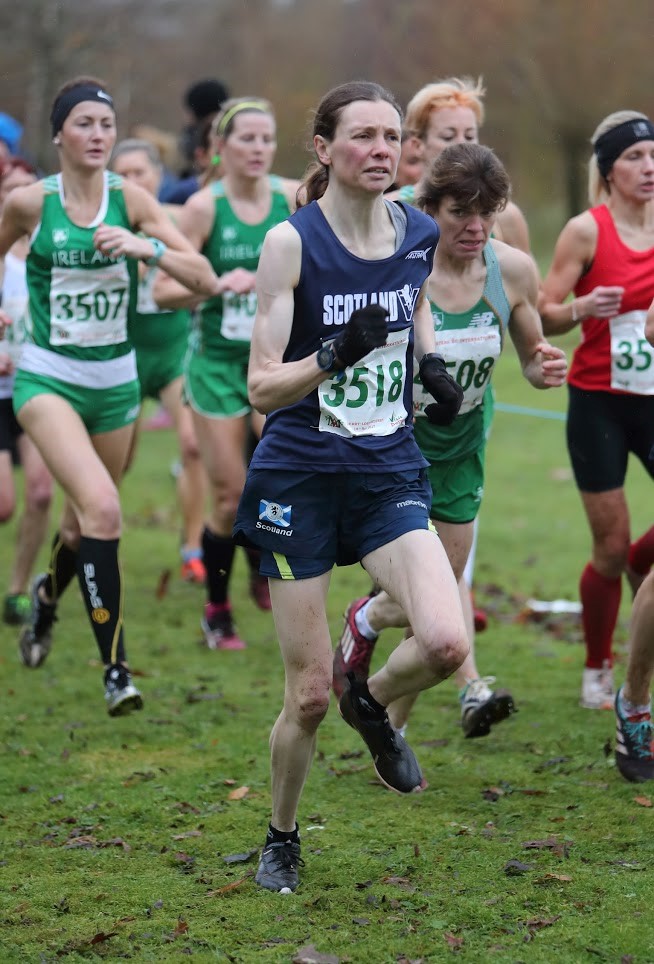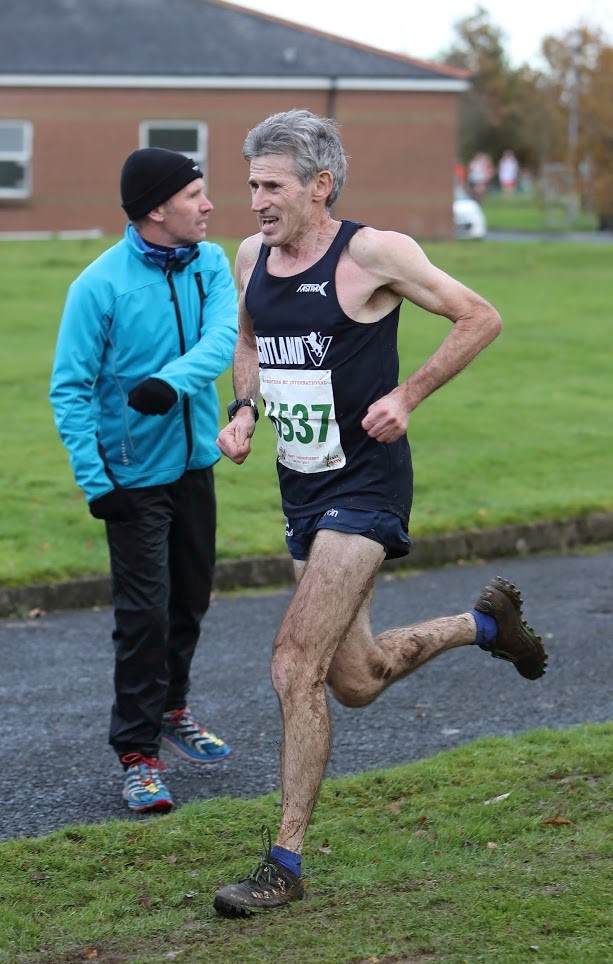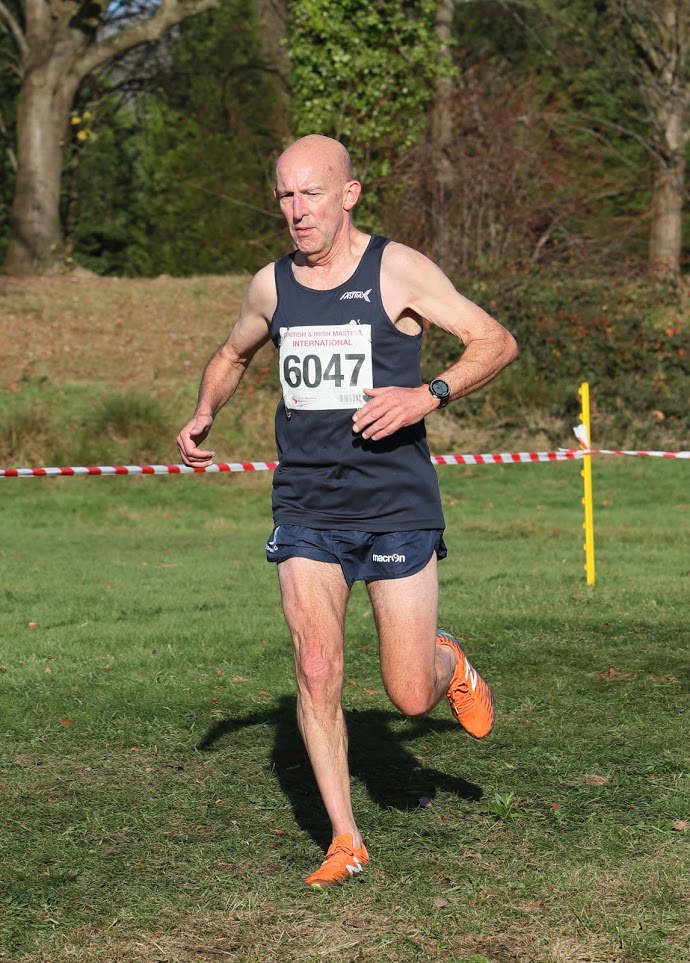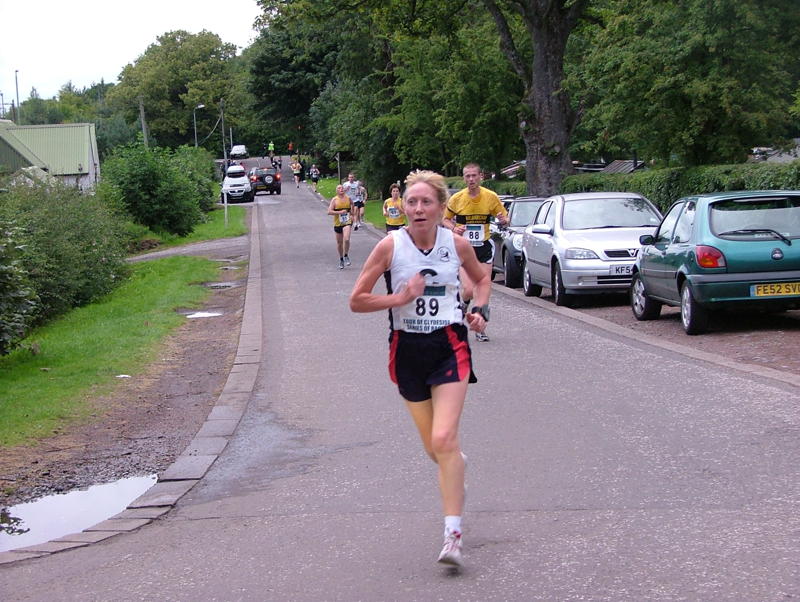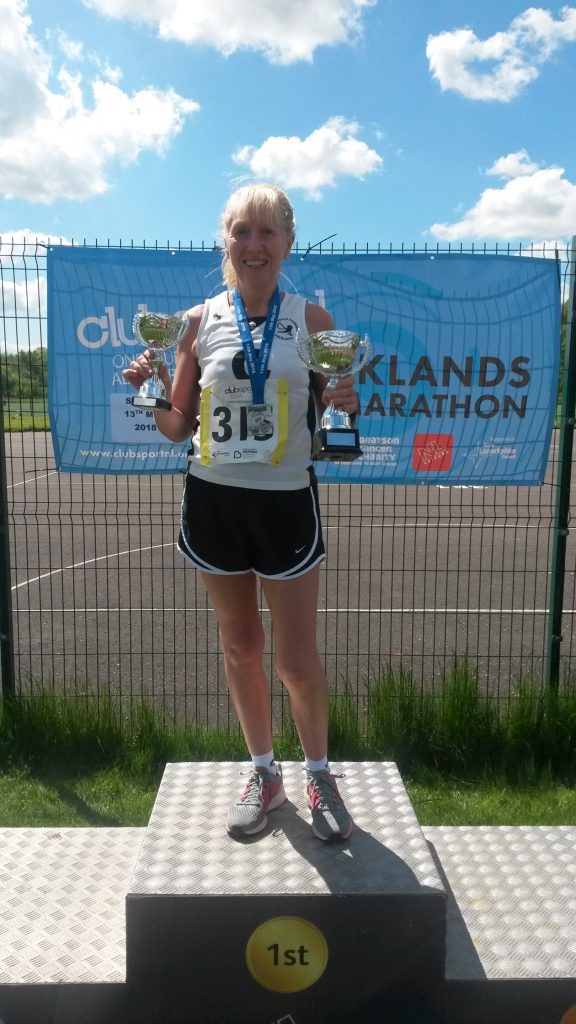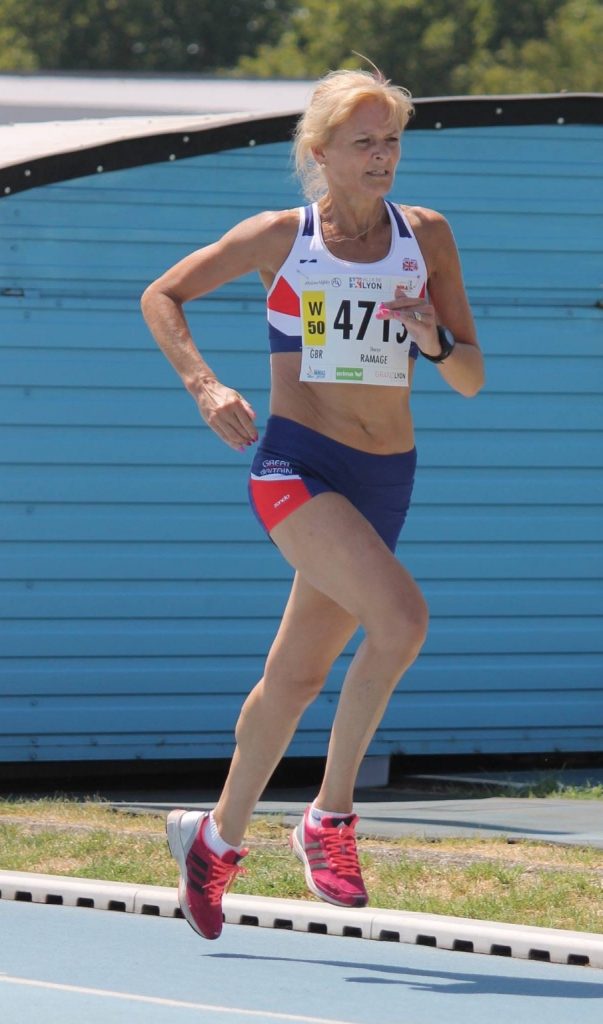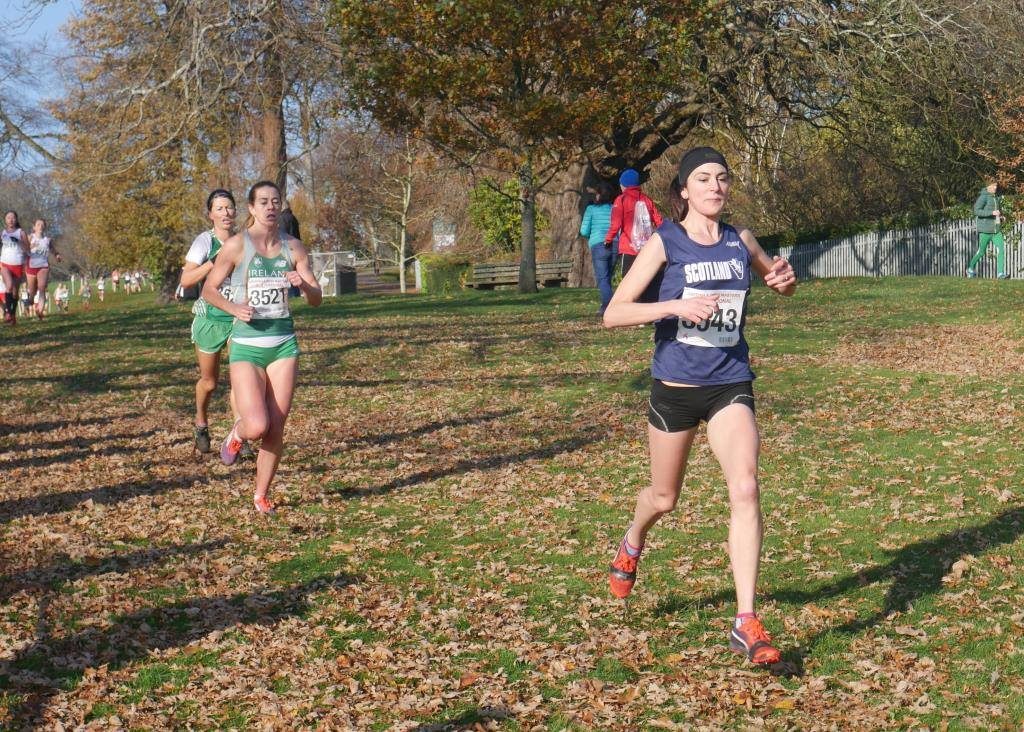Craiglockhart Pavilion
Craiglockhart has been synonymous with Edinburgh University track and field athletics from before the start of the 20th century right up to 1969 and has seen many wonderful performances from athletes in all disciplines, not just from the home club but universities and club teams too.
However like the Universities of Glasgow and Aberdeen, Edinburgh University did not start out with the venue that was to become its permanent home. I quote from the Edinburgh University Athletic Club history in the chapter on Origins and Growth: “A University Athletic Club without a sports field and pavilion is a contradiction in terms and strenuous efforts were made by the University Athletic Club to obtain a field in Edinburgh. These efforts were unsuccessful, but an important step forward was taken in 1873 when Dr CW Cathcart, one of the most devoted members the Athletic Club has ever had, with TM Burn-Murdoch and some other Committee Members secured the lease of a level field at Corstorphine, near the railway station. Money was raised with the aid of a Bazaar at which the exhibition and performance of a phonograph was a great novelty. For the next 20 years Corstorphine was to be the hub of the Athletic Club activities. The field was acquired by the University in 1876.”
The opening of the Clock Tower at Craiglockhart
Alistair Blamire has this to say of the fields in his excellent book ‘The Green Machine, the story of EU H&H 1960-1970″: The Edinburgh University playing fields at Craiglockhart were on land owned by the Edinburgh Merchant Company, who administer the nearby George Watson’s College and several other fee paying schools in the country. The walled and tree-lined grounds had the benefit of an iconic Victorian timber pavilion consisting of changing rooms and spectator facilities and a clock tower which added significantly to the atmosphere for athletics meetings and rugby matches. ”
There had been some controversy at the sports of 1873, held at St Andrews, when Aberdeen’s top runner was not allowed to compete because he had been running with professionals. This may have had nothing at all to do with the fact that they were in abeyance from then until 1899 when they were held again at King’s College Grounds in Aberdeen. and came to Craiglockhart the following year on 16th June, 1900. The report on the meeting in the ‘Scotsman’ the following Monday began:
“At Craiglockhart on Saturday, in magnificent weather, and before a large and fashionable attendance, the representatives of the three great Scottish Universities – Edinburgh, Glasgow and Aberdeen – met to decide which University was entitled to claim for the present season the Scottish championship. Last year these sports, which had then been revived and having been in abeyance for a long period, were held at Aberdeen, and Edinburgh on that occasion won with 11 points to Glasgow’s 8 1/2 and Aberdeen’s 7 1/2. On Saturday it was anticipated that with an athlete of the calibre of WH Welsh among her representatives the Metropolitan University would have little difficulty in retaining the championship, and this anticipation was fully borne out by the result. The items for competition were throwing the hammer, putting the weight, long leap, high jump, mile, quarter-mile, 220 yards, 100 yards, 120 yards hurdles. Two Entrants from each university to compete.”
Its first major competition proved a success in terms of the standard of competition, smooth running organisation, spectator interest, and the weather helped too.
The event was held at the same venue in 1903 but the 1906 version was special in that it marked the return to the championships of St Andrews University who had not been involved since the restart in 1899. There was no mention of this in the short coverage in the Scotsman of 18th June, 1906 which simply said “The annual encounter between the athletes of the Scottish Universities took place at Craiglockhart, Edinburgh, on Saturday under miserable weather conditions. Rain fell all the time and the attendance in consequence was small, Judged by times and distances the performances were poor, but the sodden track, a stiff head wind in some of the races, and the bad take-off in the jumps were all adverse factors.” There were two Scottish champions in attendance who did not compete in all the events in which they were entered – JP Stark and WH Welsh. The result was an overwhelming win for the Edinburgh team with 40 points to Aberdeen’s 14 1/2 pts, Glasgow’s 13 and St Andrews 2 1/2 pts. They were held there again in 1910 before the 1914/18 war started in 1914.
After the War there was no doubt about the University’s top athlete – Eric H Liddell is one of Scotland’s best athletes ever. Known for the exploits publicised through the film ‘Chariots of Fire’ he set records and won titles all over the British Isles as well as winning two Olympic medals. Several of his best races were at Craiglockhart and he even set Scottish records there. He ran his first 440 yards at Craiglockhart on 5th May, 1922, in the University Sports and won in 52.6 seconds. A year later at the EUAC Sports he won the 220 yards on a straight grass track in 21.8 seconds. Later that year in the Inter-University championships at Craiglockhart, he won the 100, the 220 and the 440 yards in 10.1, 21.6 and 50.2 seconds. They were all meeting records and the 220, on the straight track, was a Scottish record which stood until 1960. At this point it might be appropriate to comment on the track on which so many talented athletes trained and raced. The quarter mile track at Craiglockhart was not completely level. From the start one ran up a slight incline for around 100 yards. There was the compensation of being able to run down a slight incline for 100 yards or so round the second bend of the track.
A former member of the Edinburgh University Athletic Club said: ” There was a straight 220 yards at Craiglockhart. I remember it clearly but cannot be certain that it was ever used on any of the occasions when I was competing at the ground. The start was near the pavilion. Sitting on the seats at the front of the pavilion, the straight headed off to the right somewhat. There was not the slightest possibility, in my opinion, that there was a slope which gave the runners any advantage. There would be, however, the possibility of competitors being aided by a following wind.” And Alistair Blamire in his book ‘The Green Machine’ makes a reference to the track when he says that Fergus Murray ran a 4:21.4 mile on the undulating grass track laid out on the playing fields at Craiglockhart.” Final verdict from a former runner: I do not believe, however, that the lack of a completely level track slowed us down significantly.
A British international middle and long distance runner said that if he could find a good grass track he would never train anywhere else. The track and grounds of Craiglockhart might have had no little part in the making of the many top quality international athletes who trained there.
Other Edinburgh athletes in the late ‘teens and twenties were Hugh Maingay (middle distance runner),and Willie Hunter (long and high jumper). Maingay was one of the founders of the Atalanta Club which represented the four ‘ancient’ universities and continued as a competitive unit until the mid 1960’s. Although the SAAA championships alternated between Glasgow and Edinburgh at this time, it was only held at Craiglockhart once, in 1928, when Maingay won from Donald McLean of Maryhill in 2:01.4.
We can’t cover all of the Edinburgh University athletes of the Inter War years but one who must be singled out was Morris Carstairs – a top class endurance runner in the 1930’s whose running career terminated with the War and who became a highly respected psychiatrist and President of the World Mental Health Association after the hostilities ceased. He was the Scottish 3 miles champion in 1937, 1938 and 1939. He represented Scotland at the 1937 International University Games, winning a silver medal in the 5000 metres in a time of 15:24.2. He also represented Scotland at the 1939 International University Games, winning a gold medal in the 5000 metres in a time of 15:20.2. He represented Great Britain at the 1938 European Athletics Championships, coming sixth in the 5000 metres with a time of 14:51.3.
The first Inter-Universities Championship after the War was at Craiglockhart and was on 2nd June, 1950. Edinburgh, having won the championship in the previous eight years were defending champions. The main part of the report in The Scotsman the following Monday read: “Not only were previous best performances for this meeting surpassed, but Scottish all-comers records went by the board as well in the hop, step and jump, which was won by WM Laing (St Andrews) and the long jump by SO Williams (Glasgow). Both are from the Gold Coast. Laing, who is hardly as well built as his Glasgow compatriot, had the magnificent jump of 48′ 5 3/4″. He twice jumped clean out of the pit which had to be extended for his benefit. In his special event, Williams who gets in a fine kick to give him extra distance in the air , did 24′ 1 1/2″ in an effort which entitles him to inclusion among the great experts in the art. He also won the high jump which JL Hunter (Edinburgh) did not get as high as 6′ which he did when opposed by Williams in Glasgow the other week. The other five inter-universities records which were beaten were in the half mile, in which not only T Begg improved his best but his Glasgow second string, H Hatrick, also beat the record; the 440 yards hurdles in which DA Stewart (Edinburgh) ran splendidly to defeat the Scottish champion, RA Boyd; and the discus and the hammer and the relay, in which Glasgow again beta Edinburgh in a thrilling contest. Another fine performance was that of DK Gracie (Glasgow) who just failed to break the late Eric Liddell’s quarter mile record of 50.2 seconds though he had the well-earned distinction of equalling it.”“
JL Hunter, Edinburgh University
The 50’s was a great time for the Edinburgh University Athletic Club with many outstanding athletes, Craiglockhart was the home of these champions. The period will be looked at slightly more closely because of that. Among the athletes of the time were JV Paterson over 440 and 880 yards, the wonderful Adrian Jackson and his distance running friend Hunter Watson in the Mile and Three who were an almost unbeatable combination with Watson taking the pace out in the Mile for the first three laps before Jackson edged past to win; CAR Dennis in the sprints and hurdles; the women produced a series of good athletes such as C Clephane sprinter, and W Bowden. The University Championships were held annually at Craiglockhart and usually at the end of May, there were other annual fixtures such as the match with Glasgow University for the Appleton Trophy which was at Craiglockhart every second year, and the Inter-Universities was held there every four years (at this point it was 1950, 1954, 1958, 1962 etc). The grass track there was always kept in good condition. Unfortunately because there was no track of cinder or blaes it was not used for championships at District or National level. It was good enough however for the athletics training of the Edinburgh students to win the Universities championship for the 25th time in 1952 at St Andrews.
It was difficult to read of any Edinburgh University competition at this time without the name of CAR Dennis leaping out at the reader. In 1953 he won both hurdles races in the Universities championships, and took the sprint hurdles the following year. Clive Dennis was an Edinburgh University Student who was SAAA champion for the 120 yards hurdles for three consecutive years – 1953, ’54 and ’55 and SAAA champion for the 440 yards hurdles in 1955. Hunter Watson adds that for the subsequent eight years the 440 yards title was won by athletes who were or had been Edinburgh students, namely Alex Hannah and Bob Hay. The 1954 championships were held at Craiglockhart on 5th June 1954 and Dennis, club captain that year, set a new championship record of 15.5 seconds for the 120 yards hurdles. D.W.R. (Ross) Mackenzie went one better by setting a new native record for the javelin: 198 ft 1 in. Hunter adds that “ Clive had considerable talent at throwing the discus as well as for hurdling. At the Edinburgh University trials on 23 April 1955 he not only won the 120 yards hurdles in 16.8 secs and the 440 yards hurdles in 61 secs, but also won the discus with a throw of 110 ft 10 1/2 ins. One week later, on 30 April 1955 in a match against St Andrews University, Clive won the 120 yards hurdles (16.1 sec), the 440 yards hurdles (56.7 sec) and the discus (120 ft 10 3/4 ins). A useful person to have in a team. Edinburgh won 15 of the 17 events. At that time Dennis was captain of the Edinburgh University Athletic Club and almost certainly remained in the position until at least 1957, in which year he phoned me at home in an unsuccessful attempt to persuade me to travel to Aberdeen in order to represent Edinburgh in the Scottish Universities Championships: unsuccessful because my Finals took precedence. At the Scottish Universities Championships held at Westerlands on 4 June 1955, Clive again did the treble: 120 yards hurdles (a record equalling 15.5 sec), 440 yard hurdles (59.5 sec) and discus (109 ft 1 1/2 ins). Edinburgh again came out top.”
The 1955 Universities season began with the annual match against Glasgow University at Craiglockhart which Edinburgh won by 68 to 50 (their second team also won at Westerlands by 48 to 40, just emphasising the strength of the EUAC team. The report in the Glasgow Herald read: “CAR Dennis (Edinburgh) won three events in an athletics match between Edinburgh and Glasgow Universities at Craiglockhart on Saturday. Dennis won the 120 yards hurdles, the 440 yards hurdles and the discus. I Stuart (Glasgow) an inter-universities champion, clocked 1 min 55.4 sec in winning the half-mile – probably the fastest time for the distance recorded at the ground. HM Murray (Edinburgh ) established a University record for the hop, step and jump with 45′ 4 1/2″. Miss W Bowden (Edinburgh) won four of the women’s events – 100 yards, 220 yards, 550 yards and 80 metres hurdles.”
There were several other good performances from both teams – for Edinburgh JV Paterson won the 440 yards in 50.3, Adrian Jackson won the Mile in 4:22 and DWR MacKenzie won the javelin; while for Glasgow G Robertson won the 100 yards and the 220 yards, J Finlayson won the Three Miles, W Little won the high jump, R Akpatu won the long jump C Orr won the pole vault. On the women’s side, Bowden was the outstanding athlete with R Charters, also Edinburgh, winning discus and shot. A few short weeks later at their own championships,, top man was DWR McKenzie who set a new Scottish native record for the javelin of 204′ 11″ . On the track JV Paterson set a record in the half-mile of 1:57.8. CAR Dennis had four wins this time – 220 yards, both hurdles races and the discus andAdrian Jackson won the Three Miles in 14:58.9.
In the Inter Universities in June, Edinburgh won the team contest with 87 points to Glasgow’s 70 with Dennis winning three events (both hurdles races and the discus), JV Paterson won the 440 yards and Adrian Jackson the Mile and Three Miles.
CAR Dennis, JV Paterson, A Hannah and WH Watson
(Taken after winning a medley relay at Berwick upon Tweed where Watson was required to run one of the 220 yard stretches)
After defeating Glasgow at the start of 1956 for the Appleton Trophy, Edinburgh took on the might of Victoria Park, at that time riding high all athletic departments, at Craiglockhart. The close contest was won by Edinburgh with 60 points to Victoria Park’s 58 over 17 events. The Empire Games champion Ken Wilmshurst from England won three events (long jump, hop, step and jump, 120y hurdles) for Victoria Park while he was in Scotland for five weeks for business. Otherwise doubles were scored by JV Paterson (quarter and half miles), W McNeish of VPAAC won shot and discus. There were very good performances all round by some excellent athletes, eg. Ronnie Whitelock (V) won the 100y, WH Watson (E) won the mile, Ian Binnie had a brilliant run in the Three Miles which he won in 13:58.9, the third fastest of his career, and W Piper (V) won the high jump with 6′ 1″. It had been a good contest between Scotland’s two strongest track and field teams.
In the Scottish Universities championships at St Andrews on 2nd June, three Edinburgh students had double victories – JV Paterson won the 440 in 51.1 from CAR Dennis, and 880 in 1:58.7′; WH Watson won the Mile in 4:34.3 and Three Miles in 16:04.3; and A Hannah won both hurdles races in 15.3 and 58.2.
In 1956 JV Paterson defeated Adrian Jackson in the Half Mile in 1:57.3
Incidentally, a look at the above picture shows just how popular athletics, including university athletics, was as a sport in the 1950’s.
The EUAC championships on 19th May, 1956, featured all three of the club’s top middle distance runners. JV Paterson won the quarter mile before taking on Adrian Jackson in the half mile. Hunter Watson tells us that as far as he knew Jackson had never run a half mile before that date, nor did he win one thereafter. However that may be, he pushed JV Paterson to a new meeting record of 1:57.3. Watson himself won the Mile in 4:19.0 which was also a meeting record. This time beat the existing record set by Morris Carstairs in 1939 by no less than 3.3 seconds. A very close call but the trophy for the best performance of the meeting went to Paterson.
On 4th May 1957 it was Appleton Trophy time in Edinburgh again and the report was that the best double of the match was JV Paterson’s 440 in 50.4 and 880 in 1:55.8. Hannah won the 440 yards hurdles and Watson the Mile in 4:23.4.
On 1st June at King’s College, Aberdeen, Edinburgh won the inter-universities title with 77 points to Glasgow’s 72, St Andrews 25 and Aberdeen’s 9. The women’s contest was also won by Edinburgh with 40 points from St Andrews 39, Glasgow 29 and Aberdeen 8. JV Paterson set new records for the quarter and half mile events of 48.8 sec and 1:52.8. Paterson’s record took 1.4 seconds from The championship record set by Eric Liddell in 1923.
They won the Scottish Universities championship again at Craiglockhart on 7th June 1958. The Glasgow Herald report of 9th June, 1958 began: Edinburgh won the Rosebery Bowl at the Scottish Universities championship on Saturday at Craiglockhart for the ninth time in succession. The men scored 95 points and the women 27. Glasgow men had 58 points and their women 34. … AS Jackson (Edinburgh University broke the Mile record by 4.6 seconds with a time of 4:16.2. He was challenged by WJ More (Glasgow) for most of the race but broke into a sprint in the final straight and won comfortably. Jackson later won the Three Miles with ease. A Hannah (Edinburgh), the Scottish hurdles champion, who is to go to Stockholm later in the year, won the 440 yards hurdles in 56.1. … DWR MacKenzie (Edinburgh) who has been off with an injured shoulder for a considerable time, won the javelin with a throw of 184′ 1″. … A surprise in the meeting was the defeat of JV Paterson (Edinburgh) the Scottish half mile champion. Paterson has not been in training because of an injured leg.” Jackson’s Mile record was a meeting record since the EUAC record was 4:14.6 set by Hunter Watson in 1956.
Hunter Watson, The reigning Scottish Universities Champion did not run in those 1957 championships even though he had been put under some pressure to turn out for Edinburgh. It is understandable why he had been put under such pressure because, one week before the championships he had won the Mile at the Edinburgh University championships in a respectable 4:25.9. Hr had also turned out for Edinburgh at each of the three previous university championships, finishing second to Adrian Jackson in the Mile in 1954 and 1955, and first in both one and three miles in 1956 when Jackson’s priority was competing in an invitation 5000m race in Helsinki. Normally Hunter Watson would have been delighted to represent Edinburgh University on the track, but this time his final examinations took precedence. These were held during the fortnight following the Inter-Universities Championships.
Edinburgh also won the 220 yards (J Sutherland with Paterson second), 880 yards (AG Mowat with Paterson second), long jump (R Cameron), Hop. step and jump (HM Murray from A Davidson), hammer ( M McDonald), and discus (S Nealey). The women only had two victories – M Affleck in the 440 yards and the 440 yards relay.
David Stevenson
1959 started with another match against Victoria Park in Edinburgh where the University defeated Victoria Park by the unusually wide margin of 71 – 52. RL Hay for the University won the 220 and 440 hurdles in 23.4 and 52 seconds respectively. Top man in the field events was Hunter Mabon who won the discus and set a ground record for the shot putt of 45′ 8 1/2″. Back on the track the closest race was the 440 yards in which R Birrell (VP) ‘lunged over the line and just beat MEL Weir of the University. The season progressed from there with most of the outstanding performances being outwith University competition and away from Craiglockhart.
1959’s championships were held at Westerlands on 6th June and Edinburgh won the title to make it ten-in-a-row from Glasgow (74 1/2 to 65) with Glasgow winning the women’s title 46 to 35. Edinburgh had four track victories in the half mile (Mowat), Mile and Three Miles (both Jackson) and 440 yards hurdles (RL Hay), and one field event, the hammer (N MacDonald). The women won the 100, 220 yards (E Hoggarth), and the 4 x 110 yards relay.
Adrian Jackson, the eventual winner, in second place behind Calderwood VPAAC)
The Appleton Trophy was contested at Westerlands on 30th April 1960 and although EUAC won again, the margin was less than it had been and although Edinburgh had some new talent such as David Stevenson in the Pole Vault, there were many new faces in the Glasgow team (Campbell, Miller, Horn, Addo Ladido, etc). At Craiglockhart, in the Univerity’s own championships, there were many notable results – David Stevenson ‘a freshman from Dumfries’ attempted a ground record for the pole vault but had to be content with equalling the existing record, RL Hay won 220y and 440y, AG Mowat , the cross-country captain, won the half mile in 1:57.9, Adrian Jackson, the university’s long distance runner’ was defeated in the Mile by RA Clark from Paisley but did retain his Three Miles title. Weir won the 220 and 440 yards hurdles, HM Mabon won the shot putt (47′ 4 1/2″) and discus (140 11 1/2″), the shot with a university record by 1′ 7″. The season progressed but there was a changing of the guard in the Inter-Universities in June.
The headline in the Glasgow Herald in June 1960 read “GLASGOW STUDENTS WIN AFTER TEN YEARS” and the results column showed that the Edinburgh team was changing. Adrian Jackson was still there, but he was second to another Edinburgh student. Adrian Jackson was second to Robert Clark, in the Mile and did not run in the Three Miles. Glasgow had sprinters of quality in WM Campbell and A Miller, jumpers like Addo and Ladigo, and St Andrews had the excellent DJ Whyte. However was still producing individual winners – Mowat won the 880, Clark won the Mile, Hay won the 440 yards hurdles, Mabon won the Shot and Discus and MacDonald won the hammer. The overall score however was Glasgow 66 points and Edinburgh 55 points.
The achievements of the 50’s have been gone into in some detail simply because the club was so outstandingly good in every department: sprinters, throwers, jumpers, hurdlers, distance runners. They produced men who were universities, national and British champions, as well as record holders. There were a good number of quite outstanding track and field athletes in the 1960’s too, such as RL Hay in the 440 yards hurdles (5 consecutive national championships), DD Stevenson in the pole vault (5 consecutive national championships) and Laurie Bryce in the Hammer (5 consecutive national championships). Stevenson broke the Scottish record no fewer than eight times and Bryce did so on four occasions. Craiglockhart was used right up to 1969 – the year before the Commonwealth Games in Edinburgh – and in the 1960’s the country saw the Hares & Hounds as the best team in the country on the road and over the country. The names are well enough known: Fergus Murray, Gareth Bryan-Jones, Alistair Blamire, Roger Young, Ian Young and others come readily to mind. Just click on their name to read of their exploits. They were also very good track runners who represented the University with distinction. Their careers can’t be covered here but some of the outstanding performances at Craiglockhart will be.
At the University championships in 1962, the top man, and Donovan Cup winner, was David Stevenson for his pole vault of 12′ 11 1/2″ which beat his previous sports record by 10″. Fergus Murray ran a 4:21.1 mile; AJ Patrick equalled the record when he won the 100 yards and also won the 220 yards. P Brown won the women’s 220 yards and 440 yards. She equalled the record (26.8) in the former and set a new record of 60.4 seconds in the latter. Among the performers not mentioned above, RL Hay won the 440 yards and the 220 yards hurdles, F Dick won the half-mile, Fergus Murray won the Mile in 4:21.4, Martin Craven won the three miles in 15:17.2, and Lawrie Bryce won the shot and the hammer. Some famous names there and the Inter Universities was to be held at Craiglockhart too. Edinburgh was still producing very good athletes but not in the numbers required to win the Scottish Universities as they had done all through the previous decade. By 1962/63 the University Hare & Hounds was becoming the top team in Scotland and the runners were making good use of Craiglockhart, For distance runners, grass is their friend.
For instance, Alistaitr Blamire tells us of steeplechaser Gareth Bryan-Jones running intervals over hurdles at the venue – certainly the take off and landing would be easier for a steeplechaser than a hard surfaced all-weather track; most of Roger Young’s track training was done on the grass at Craiglockhart in April and May each year and the distance runners also used Craiglockhart for track training after the rugby season was over and the track was marked out on the grass. The “kindness” of the grass track compared to any/many of the artificial surfaces has been referred to already but it also had a therapeutic effect. Note Alistair Blamire’s comments in this context:
“I did a lot of training at Craiglockhart but not much in the way of interval running on the grass track. In first year at Uni I experienced shin soreness, as a result of training in yachting pumps and spending too much time on the roads. It was difficult to understand and shake off (the medics couldn’t help) but through experience I found that at least ten days of complete rest was required, followed by a slow return to full training. This was extremely frustrating and I was often tempted, even against better judgement in later years, to start up again too quickly, or revert to the roads, resulting in further delays to recovery. As a consequence I often trained at Craiglockhart, doing laps of the playing fields (18 laps for ten miles). There was an extra loop of about half a mile in the adjacent grounds of the Craiglockhart Hospital, which you could access through a door in the boundary wall. The ground was soft so running in bare feet was possible, without risking injury. Intervals and fartleks along a straight of 300m next to the boundary wall also played a part as the track was only marked up at the end of the rugby season.” He goes on to add that Others did train at Craiglockhart on occasion but it was time-consuming to travel there, and not used much, especially in the winter.
Fergus Murray tells us that “from a very modest weekly mileage of c30 getting tto 80-100/week in the later 60’s, I did not train at Craiglockhart to any extent. Any track sessions seemed to be done at Peffermill with Chris Elson and tended to be 440 reps (10 generally) 660’s and 880’s. Generally pretty fast but in bare feet and the purpose was to be able to judge “pace” for races. We could do a 63 or a 65 s 440 pretty accurately. Most of my other speed training was reps or fartlek on the soft grass in quiet areas of golf courses . I loved training in bare feet!! A drawback of Craiglockhart might have been it was a long way from our classes at Kings Buildings and the track was on a slope.”
There was more to Craiglockhart than just the grass track: the whole area was of use and just as the perimeter at many training areas (Westerlands in Glasgow, Pitreavie in Dunfermline, etc) was used for training with approximate distances around the grounds known, so, as Alistair says, Craiglockhart had a perimeter of just over a half mile of good grass to run on.
Unfortunately for many,when part of the land at Craiglockhart was released for housing, the Edinburgh University Athletic Club, now the Edinburgh University Sports Union, relocated its facilities in 1969 to its own grounds at Peffermill where a new cinder track was laid. However, as in Glasgow when Westerlands was turned into a housing development, the new Peffermill development came in for some criticism as, not only did it lack the atmosphere of Craiglockhart, but it was on a much more exposed site. More importantly perhaps all-weather tracks in tartan and similar materials were beginning to be developed at this time, and it was felt that with their anachronistic approach, an opportunity was being missed by EUAC despite the possible additional costs involved.
The inaugural meeting at Peffermill was in May 1969, and Craiglockhart disappeared from the roster of University tracks. What is there now at the venue?
Part of the hospital grounds was sold off for housing in the 1980s and there is a small development called ‘Meadowspot’ there now. There are football pitches used by Primary Schools on the undeveloped area of the grounds. A section of the Craiglockhart playing fields was also sold for housing in the 1980s but the bulk is still in use by George Watson’s College, and the old pavilion has been upgraded and still remains in use.
Craiglockhart, its facilities and its contribution to the development of sport, is undoubtedly part of Scottish history.

